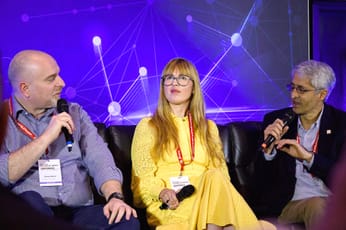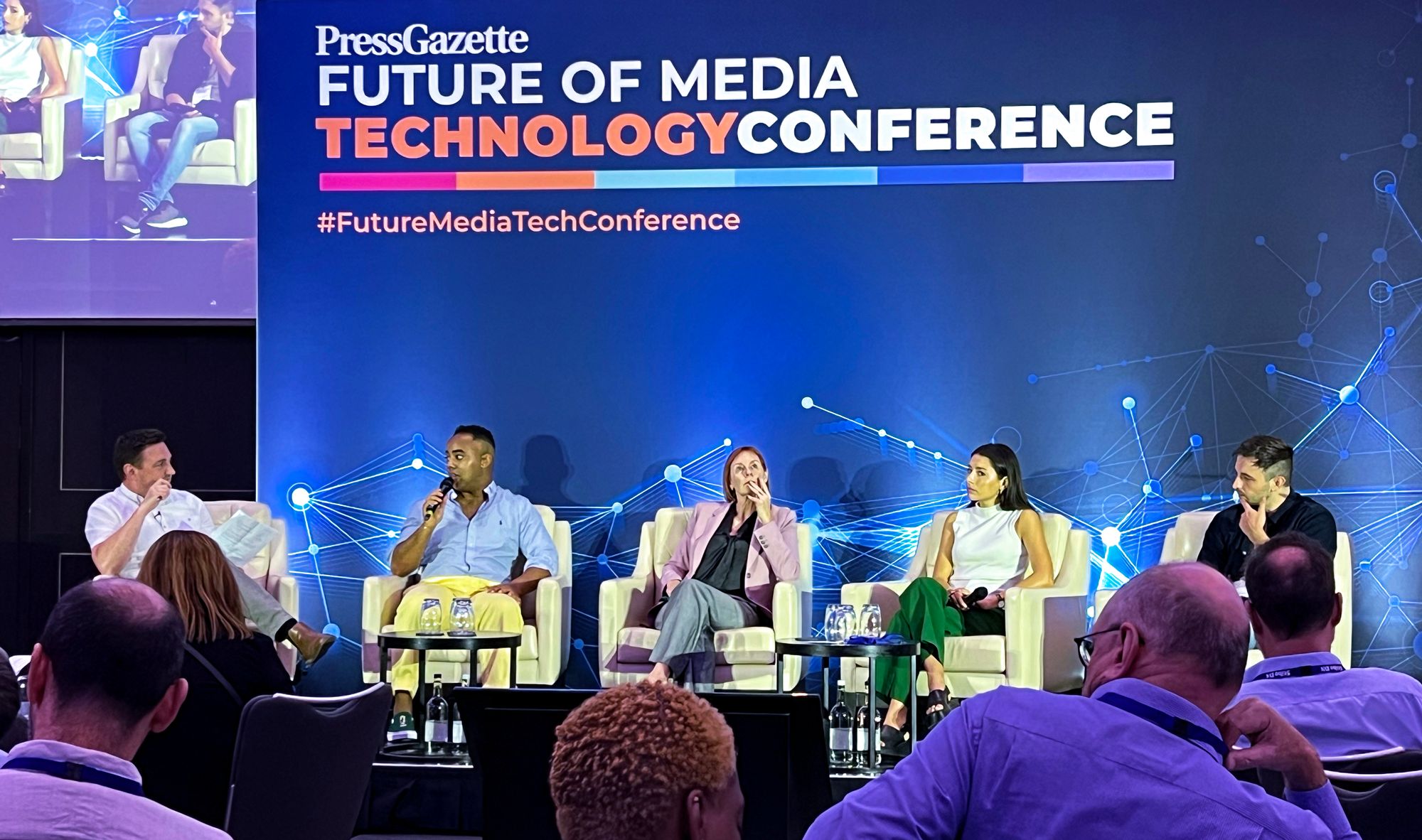
Building a successful journalism podcast business
Podcasting is becoming big business. But how do you create a viable strategy, make money — and staff up a team? The panel discussed what works — and how.
A panel discussion at the Future of Media Technology Conference.
Panel
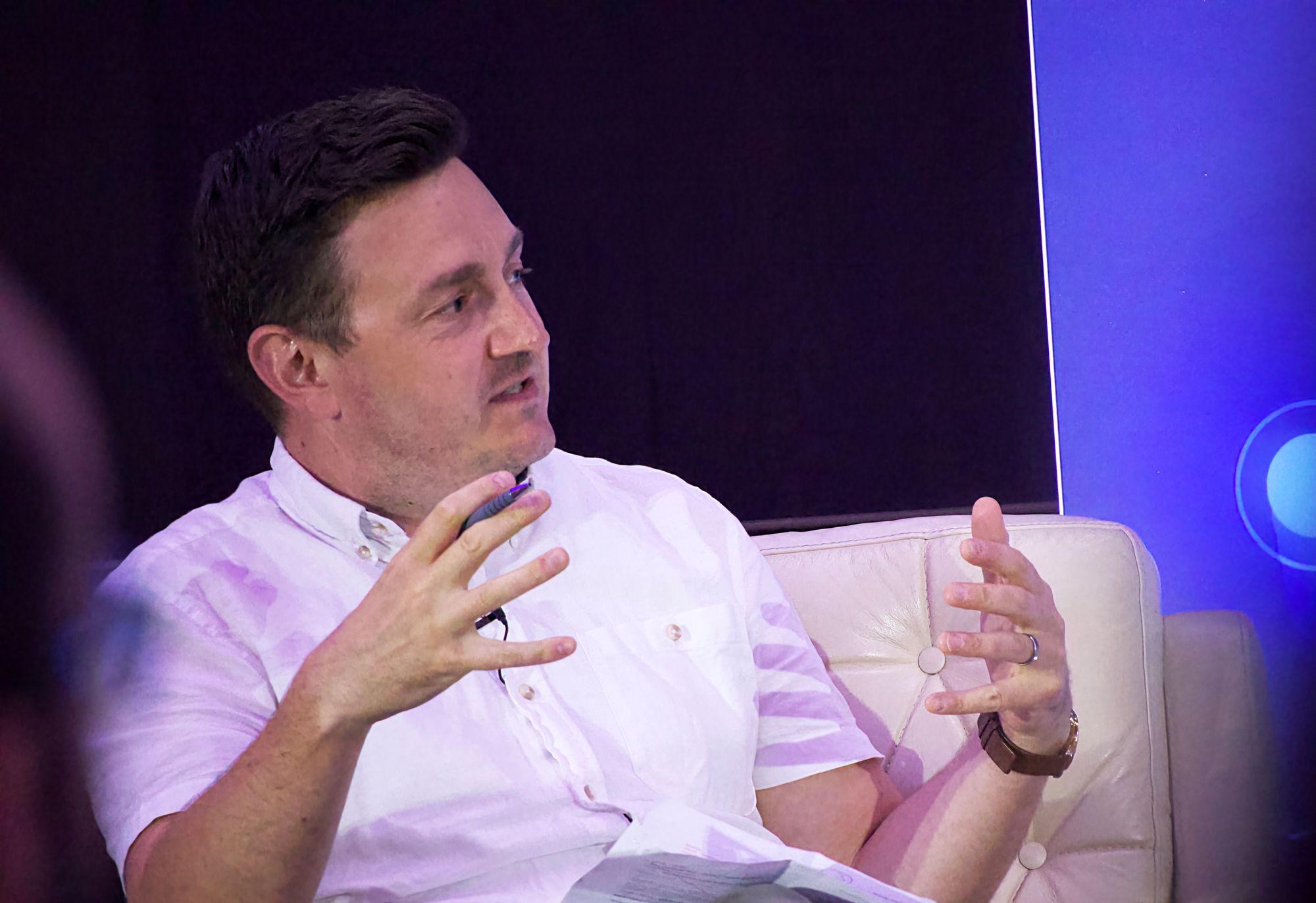
- Chris Stone, Executive Producer, The New Statesman (Chair)
- Bryan Valéry, Head of Megaphone Customer Success, International, Spotify
- Anne McElvoy, Head of Podcasting & Executive Editor, POLITICO
- Alice Sandelson, Commercial Director, Tortoise Media
- Ben Youatt, Head of Podcasts, Immediate Media
How does podcasting fit into journalism?
Ben Youatt: Podcasting is central to where we see Immediate Media going. It’s an optimistic way of taking our existing, legacy content and building it out to reach both new audiences and new advertisers.
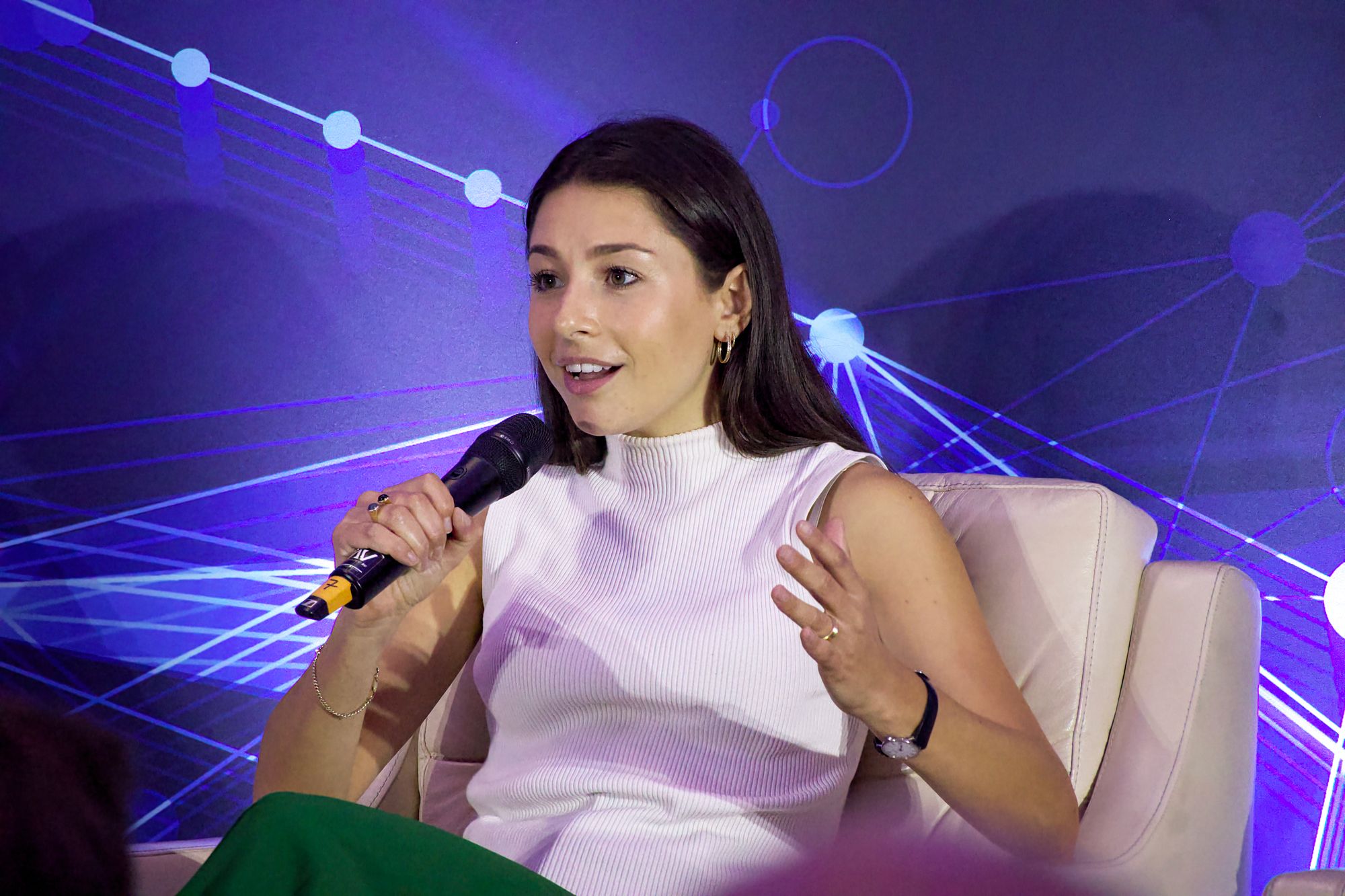
Alice Sandelson: Tortoise’s experiment with audio was incredibly successful: they became audio-first two years ago, making it the primary output of their journalism. They do both “always on” weekly podcasts, plus investigative series of six to eight stories, telling a narrative story. They do six to eight of them a year.
Anne McElvoy: Politico was starting to wonder what it should do in podcasting, but that which fitted with what they already do? Strategically, if you have a broad range of content, how do you decide what you focus on in podcasts? That’s been her challenge.
Building a podcast strategy
Ben Youatt: In their suite of podcasts, they have History Extra, which is 15 years old and very popular. They’re looking more at how to monetise it, rather than growing the audience. Where it gets interesting is when you create new shows with a specific audience in mind. For example, with Radio Times, the aim is to attract a younger audience to a title with an older audience. It’s a way of transforming the content they have for new audiences.

Anne McElvoy: Her new podcast – Power Play — is an interview show, but she wants to do it differently. So, the team started exploring how to talk about who has power and how they wield it. People would like to know more about the powerful people they encounter and hear about. They want to know what drives them, why they make decisions – and hear them held to account. So the podcast is very much about transatlantic power. To build a good podcast, you have to know what your core topic is – but you can explore that in different ways, extraordinary ways. You can experiment and take your audience through all sorts of adventures.
The success of a podcast will be measured through a mix of metrics, but the quality of the audience – the seniority or location – is more important than raw numbers. “We need to be scoopy – but also have meaningfully new content for that core audience. It’s about impact,” she says.
Alice Sandelson: Success for us is two things: reach and revenue. Reach, the growth of audience, enable revenues, as we find ways of monetising that audience – and the IP we’re developing. Some of their investigative shows are not as brand-friendly for advertisers as celebrity shows – but if they are then bought for TV adaptations or similar, that changes the equation.
Building a production team
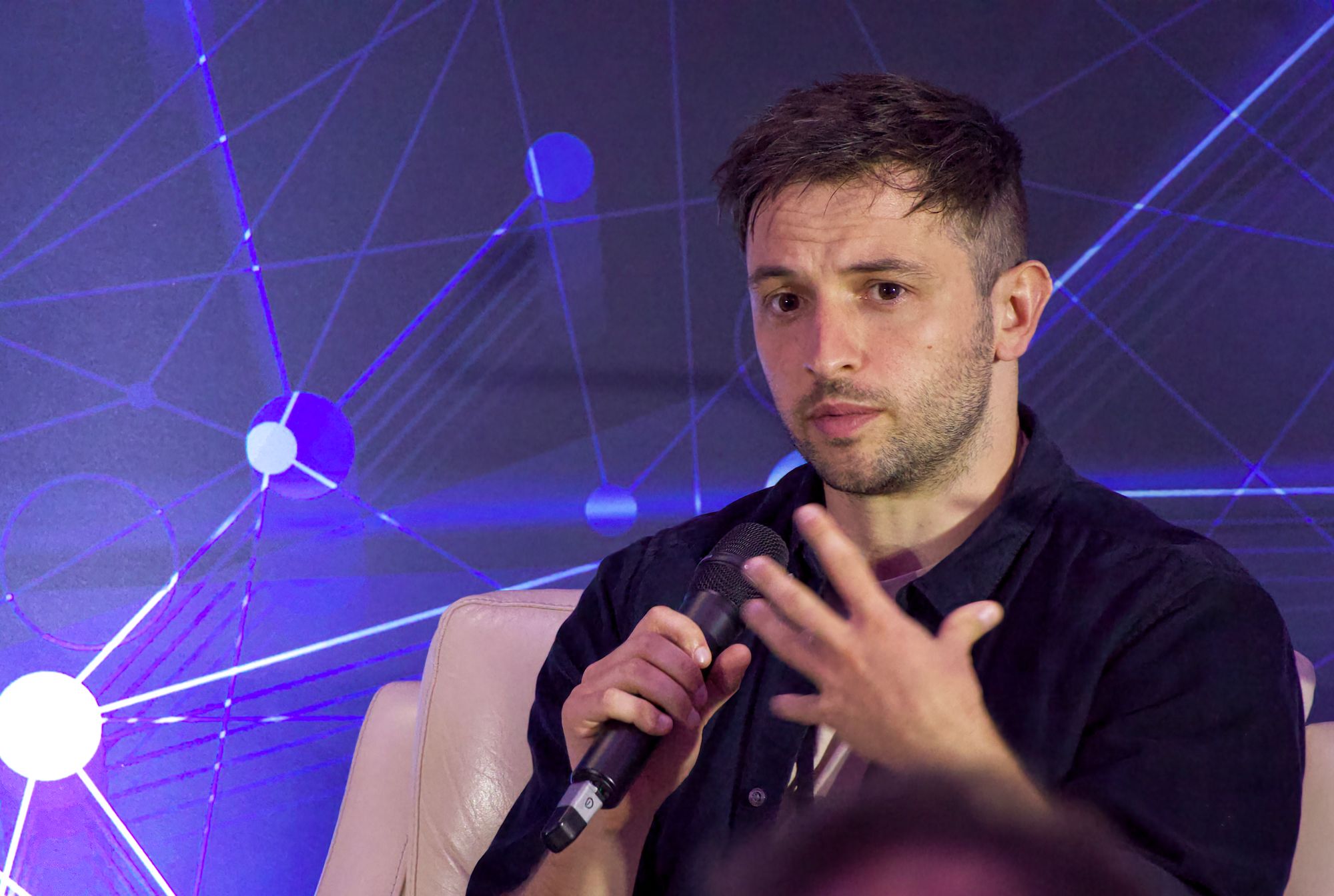
Ben Youatt: Immediate has a team of six: five producers and one coordinator. They have up to 15 brands active at any time, with up to 20 or 30 episodes a week.
Alice Sandelson: 12 people dedicated to audio production, working with a wider team of journalists and reporters across Tortoise.
Anne McElvoy: They have more of a hub and spoke relationships, across the regional offices. There are around three to four people in each key office. They probably get towards 20 people in total.
Growing an audience – and revenue
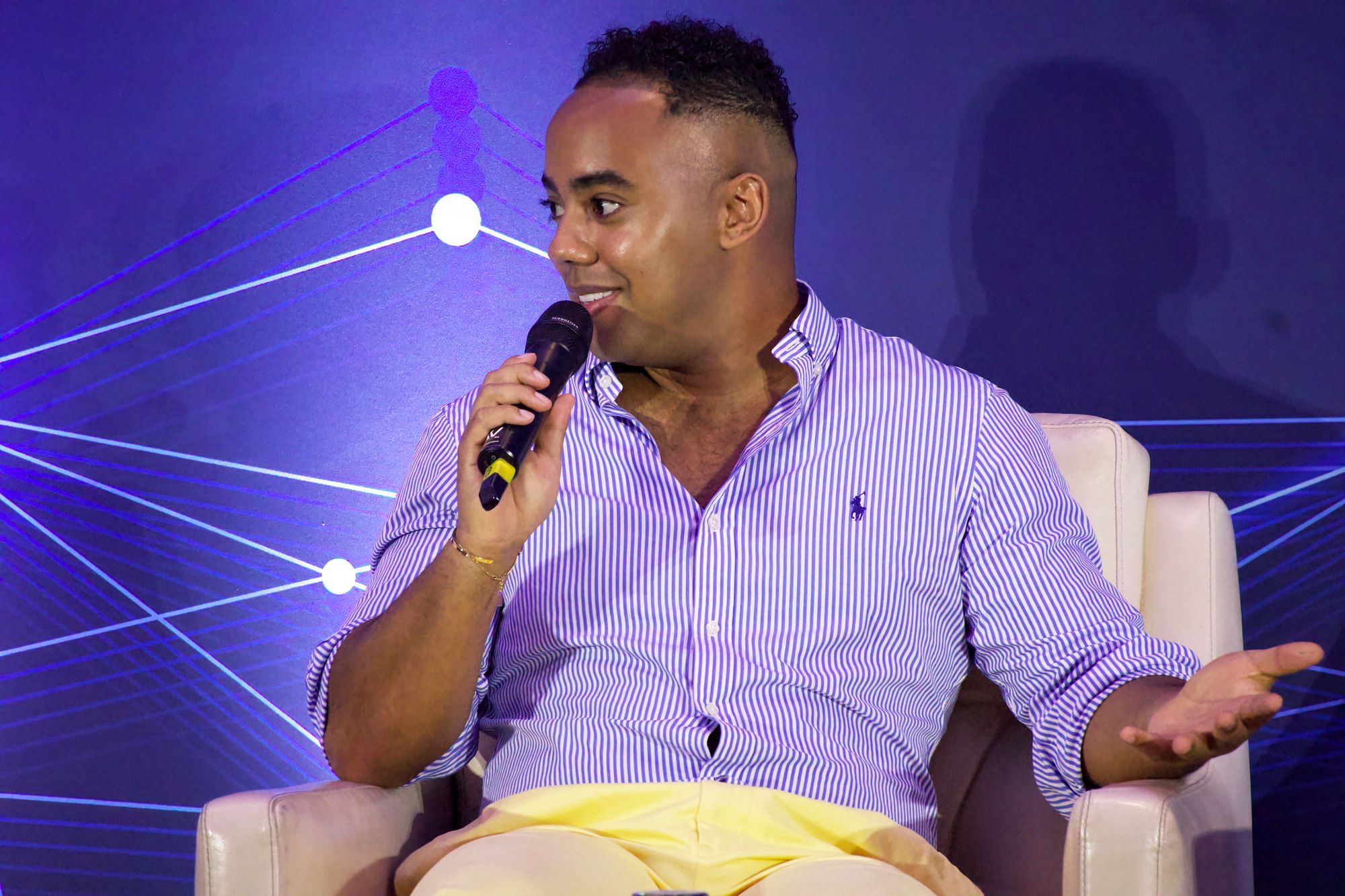
Brian Valéry: “At Spotify, we set ourselves up as facilitators of growth, rather than dictators.” They’ve acquired companies that have proven methods for growing audiences. They work with partners, and use these tools to help recommendation and discoverability.
Ben Youatt: You need mass scale for advertising to work, but smaller podcasts can offer sponsorship opportunities, for people looking to reach key audiences. Olive, for example, hits far above its weight because of its audience.
Alice Sandelson: Ads and sponsorships remain the biggest chunk of their revenue. They work with Acast, and now have internal sales people. They also have audio subscribers, who get early access and bonus content, via Apple Podcasts or their own app. The challenge is that for the investigations is that people join for the early access. People binge listen to a series - but then they churn. They have to work really hard to move them around.
One of the challenges for small publishers is getting the data to actually sell advertising or sponsorships. Even if you only have a few thousand weekly listens, if you know more about them, that’s more interesting to brands.
Ben Youatt: In the last few years, the technology has got much better. It used to be like magazine adverting – you didn’t know how long people spent reading the pages. But now you can see real information, and that’s building trust with clients.
Sign up for e-mail updates
Join the newsletter to receive the latest posts in your inbox.







